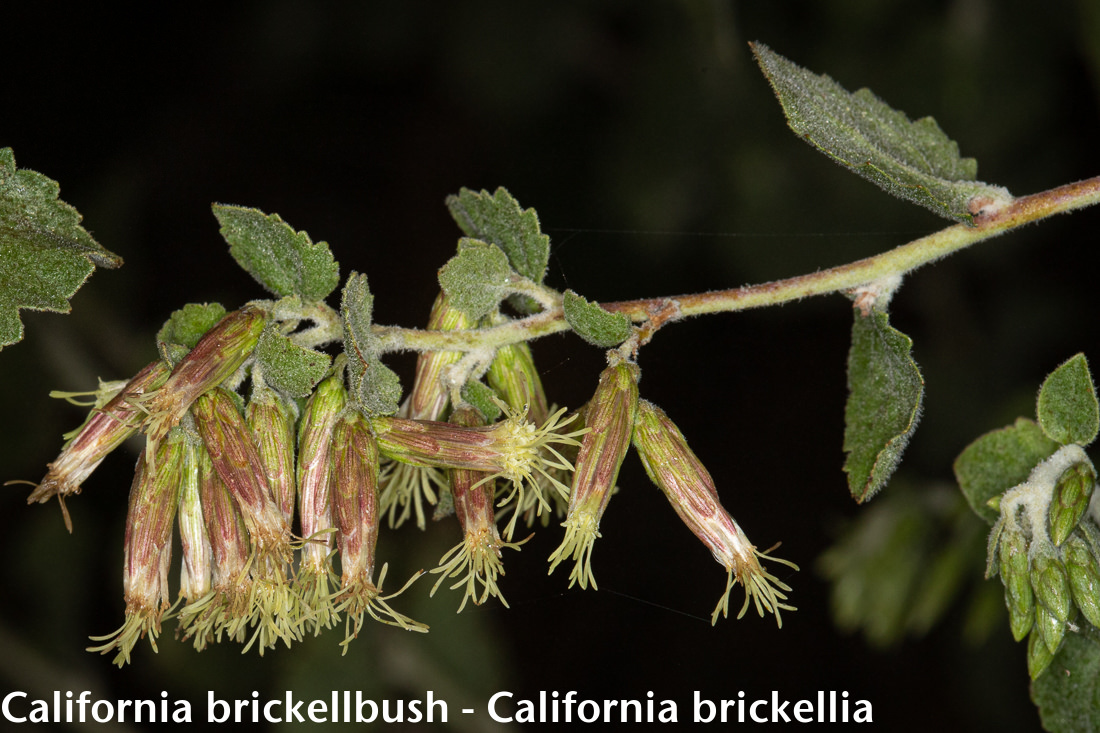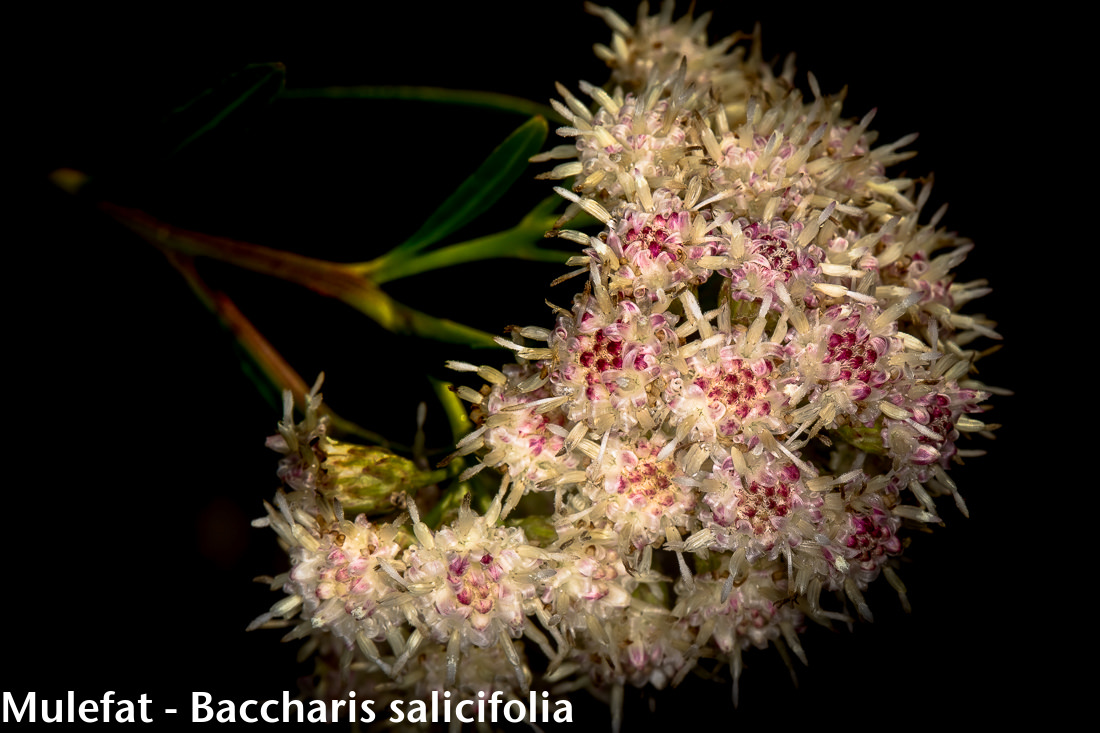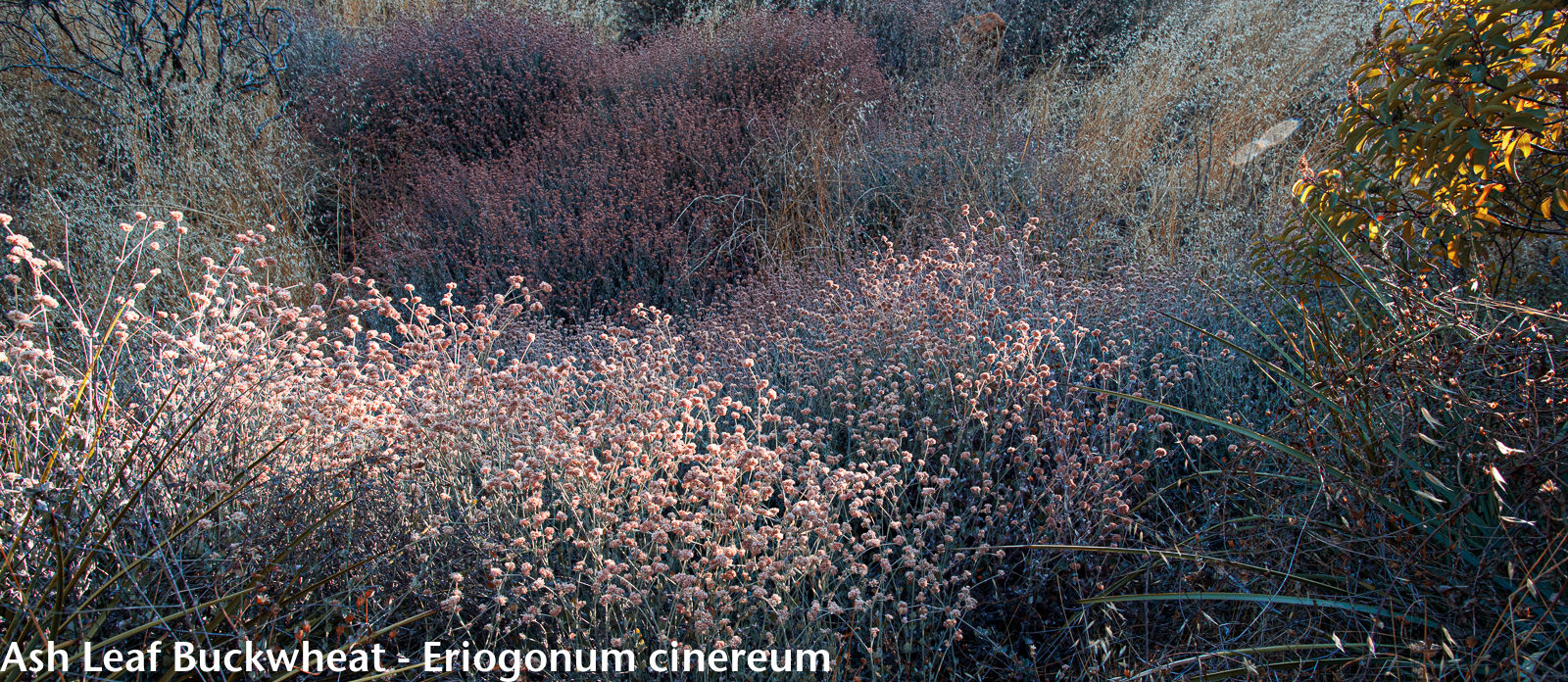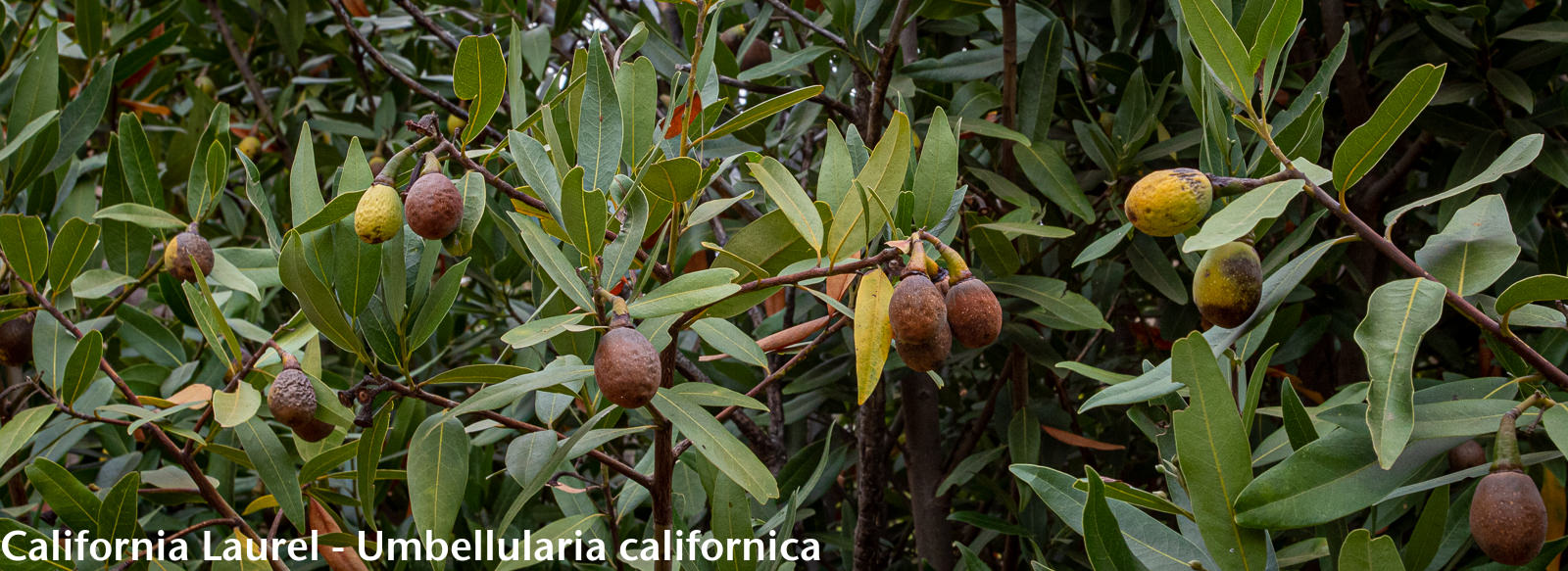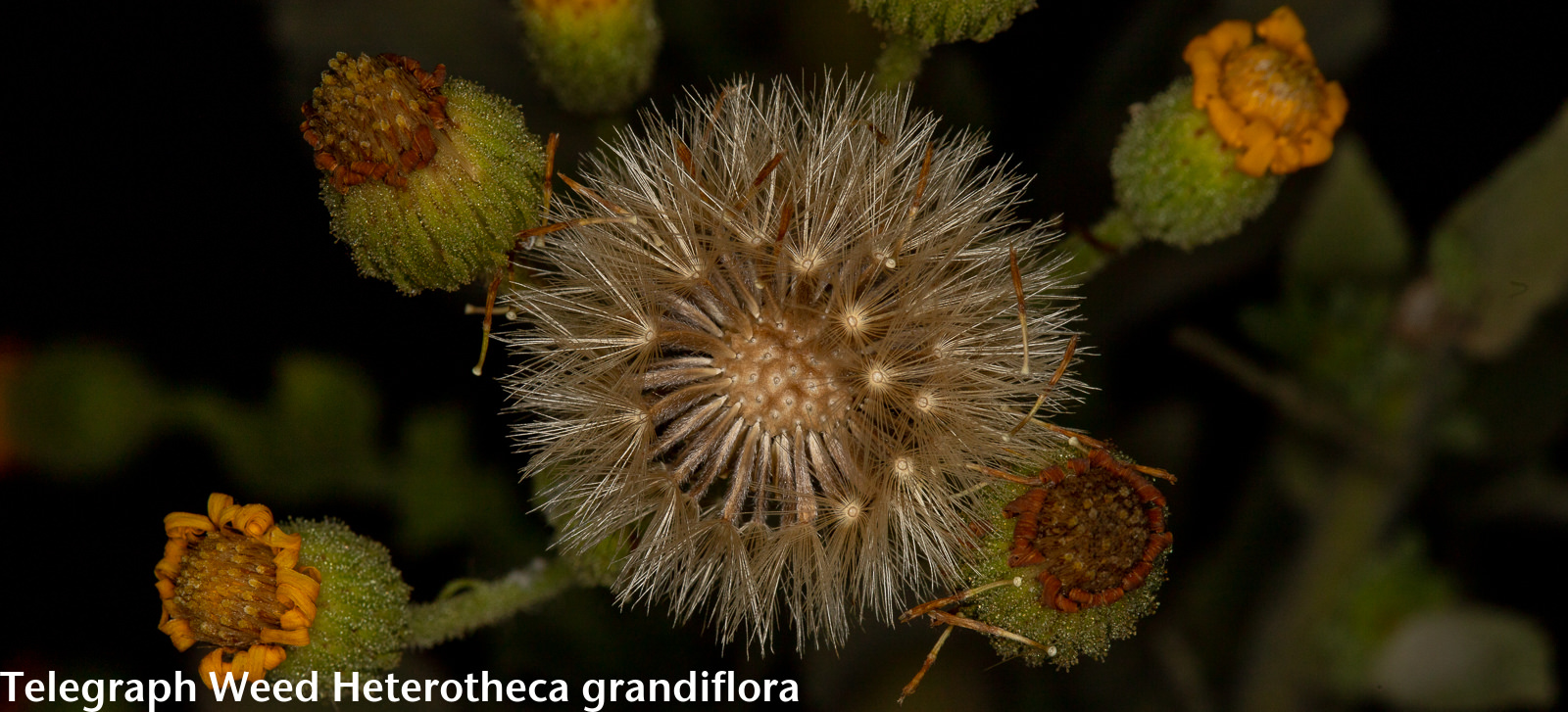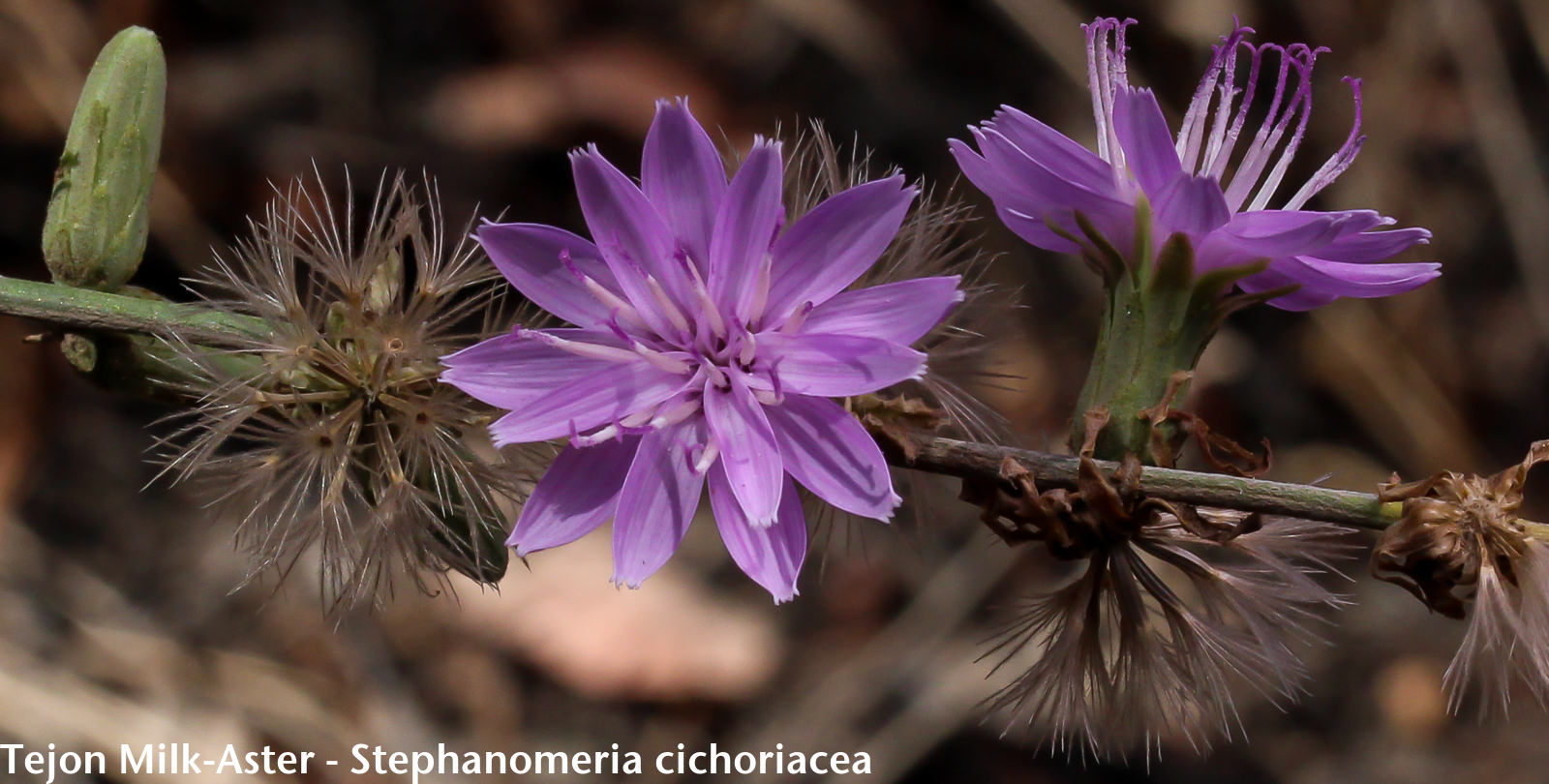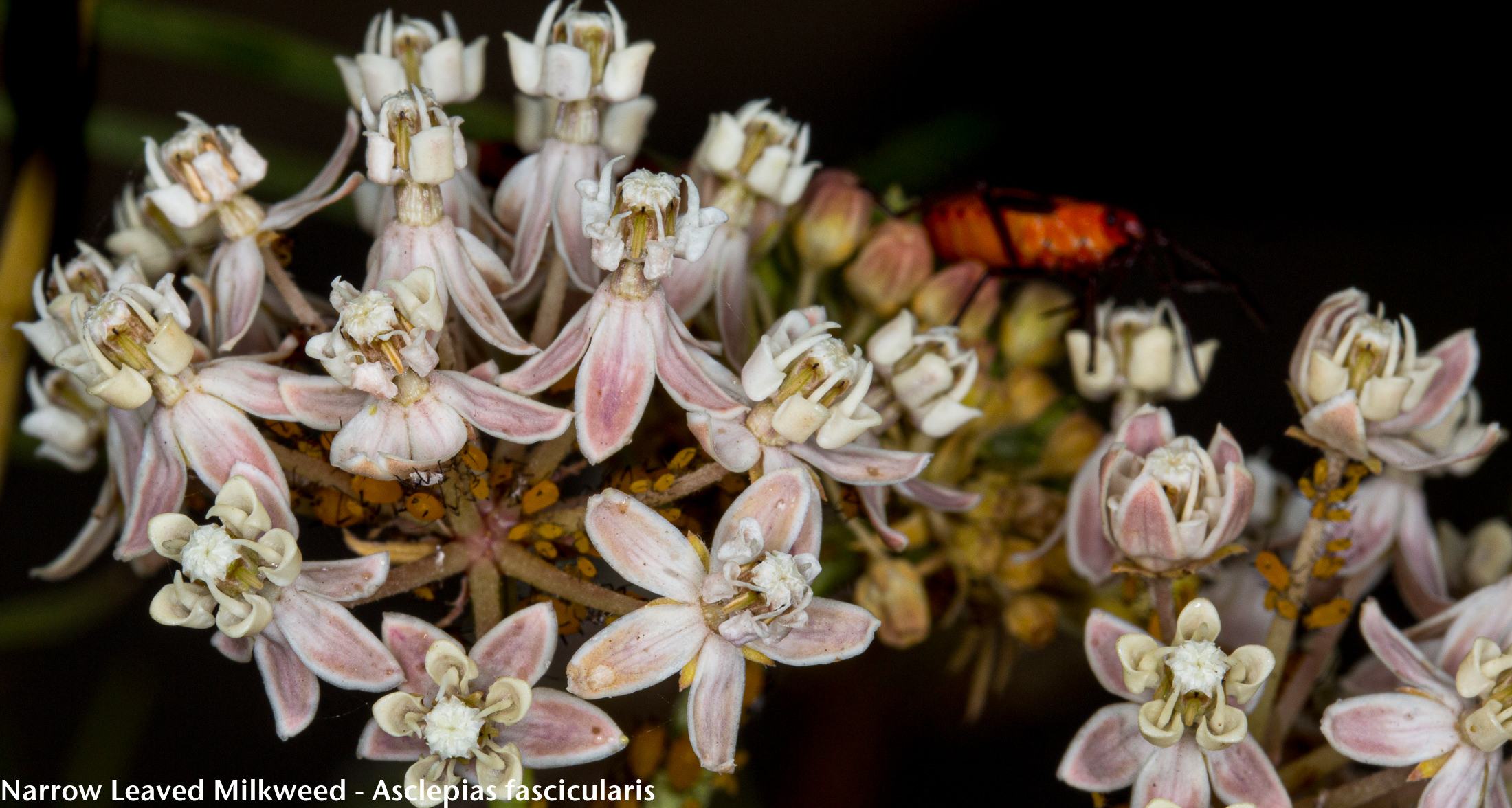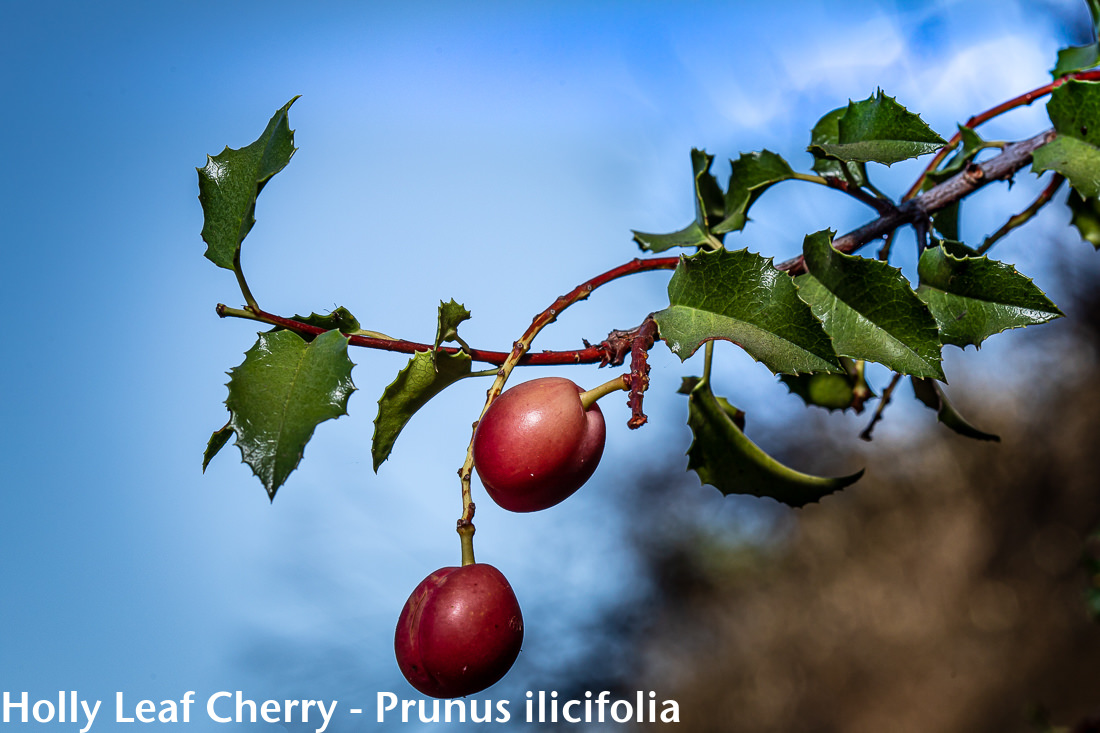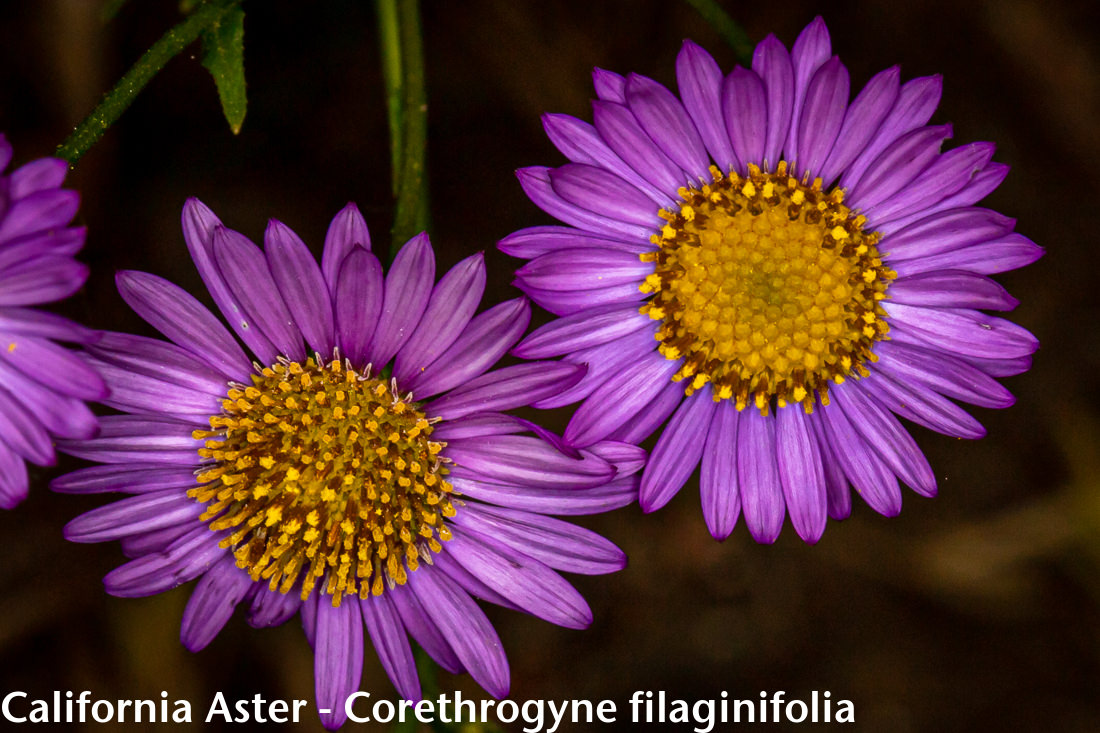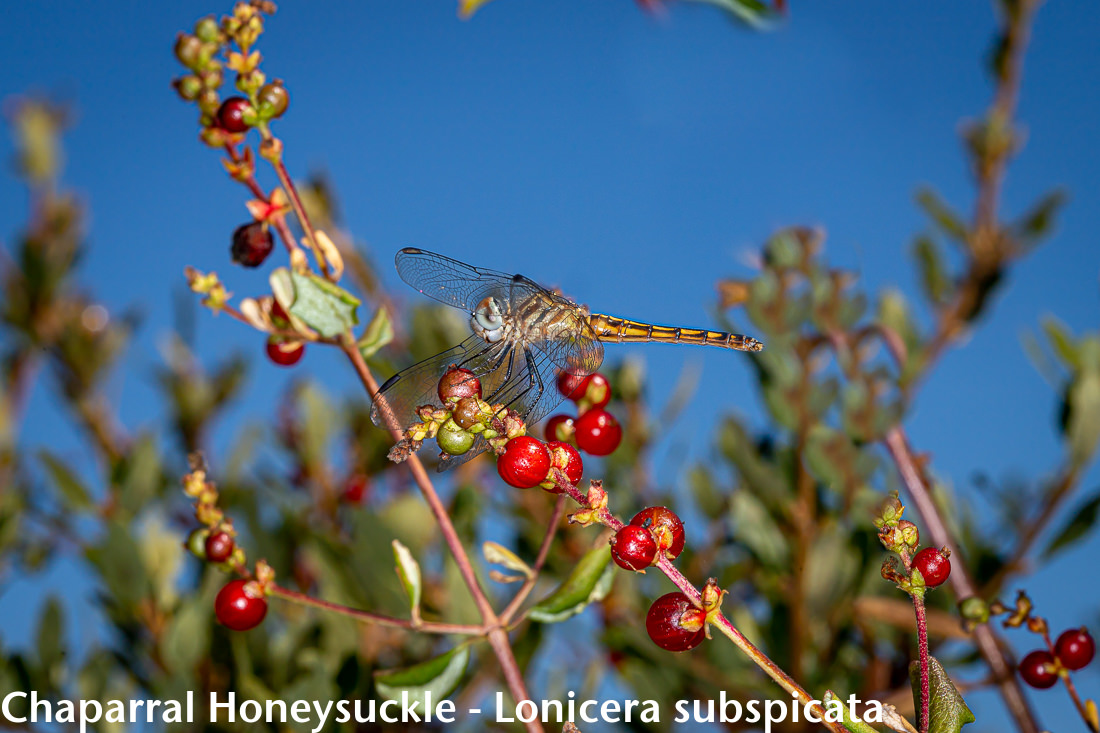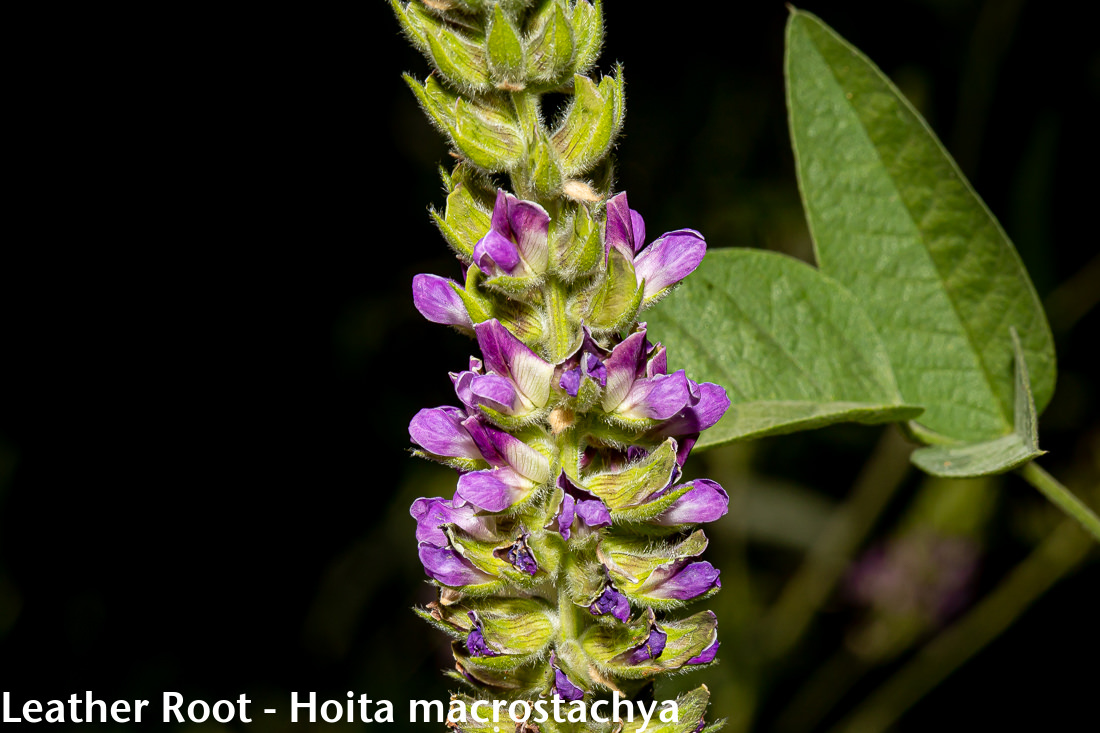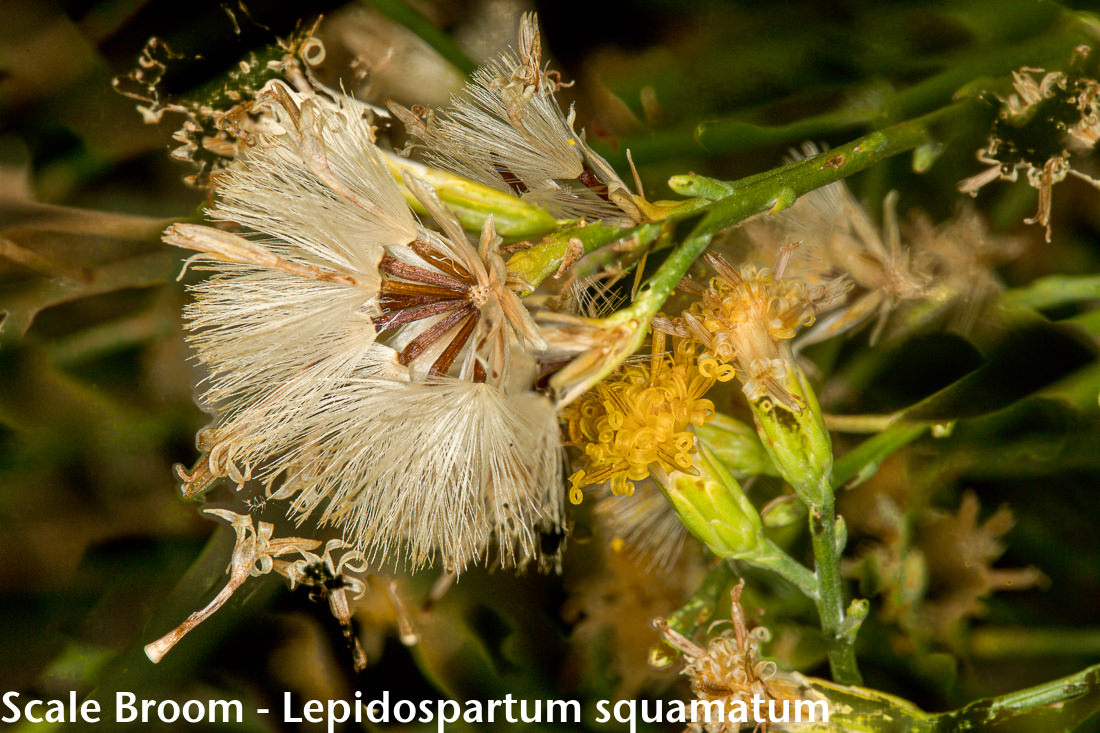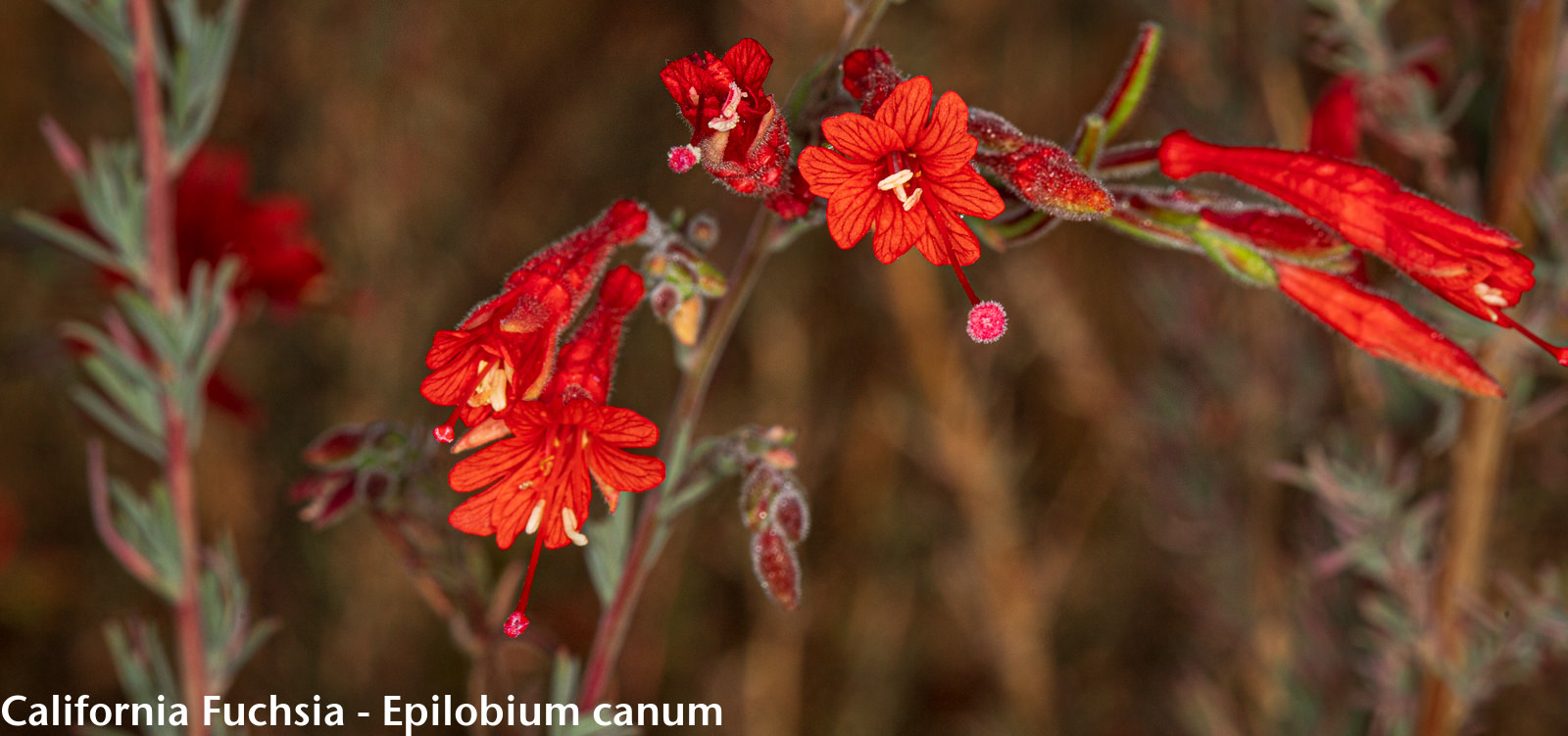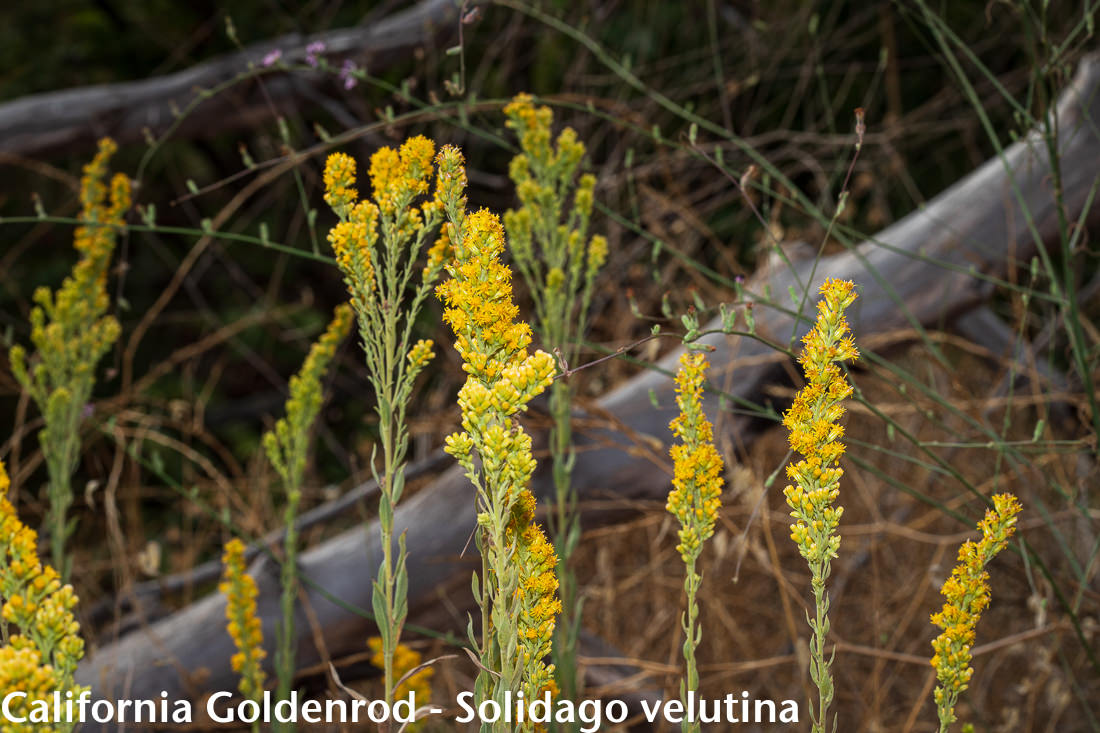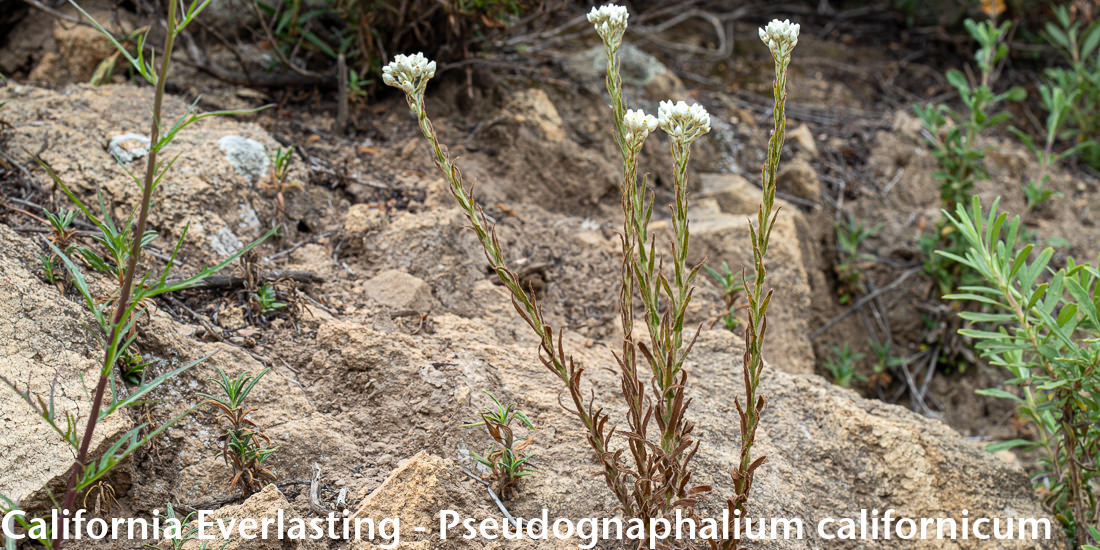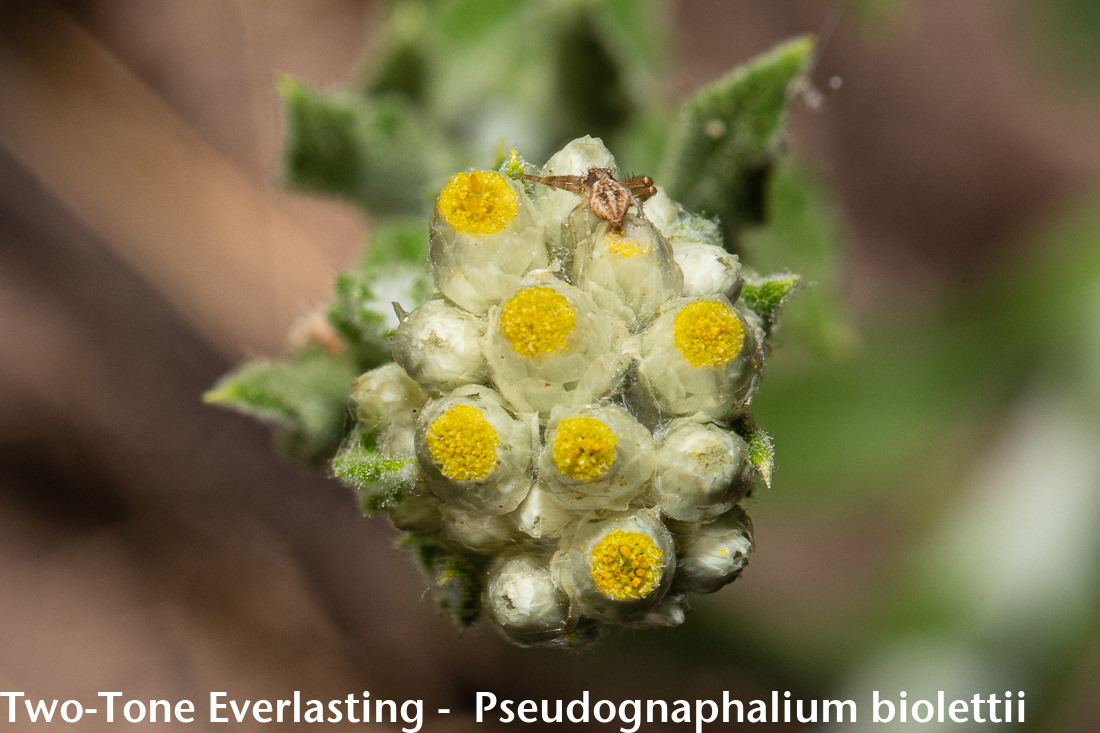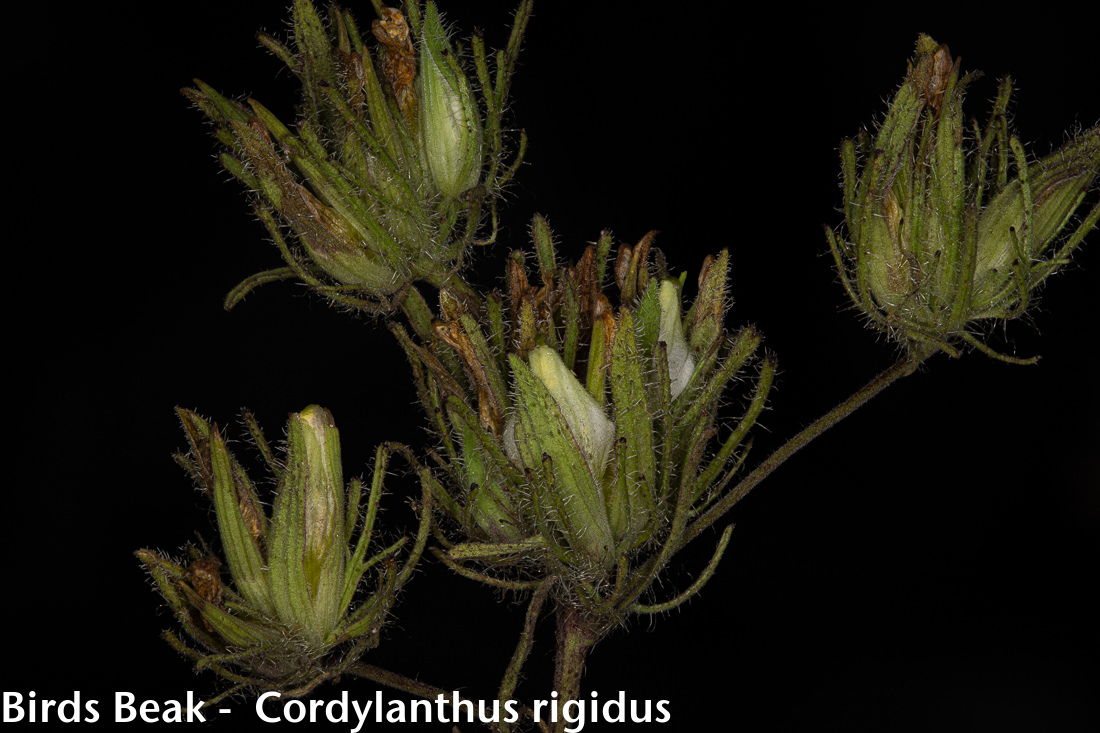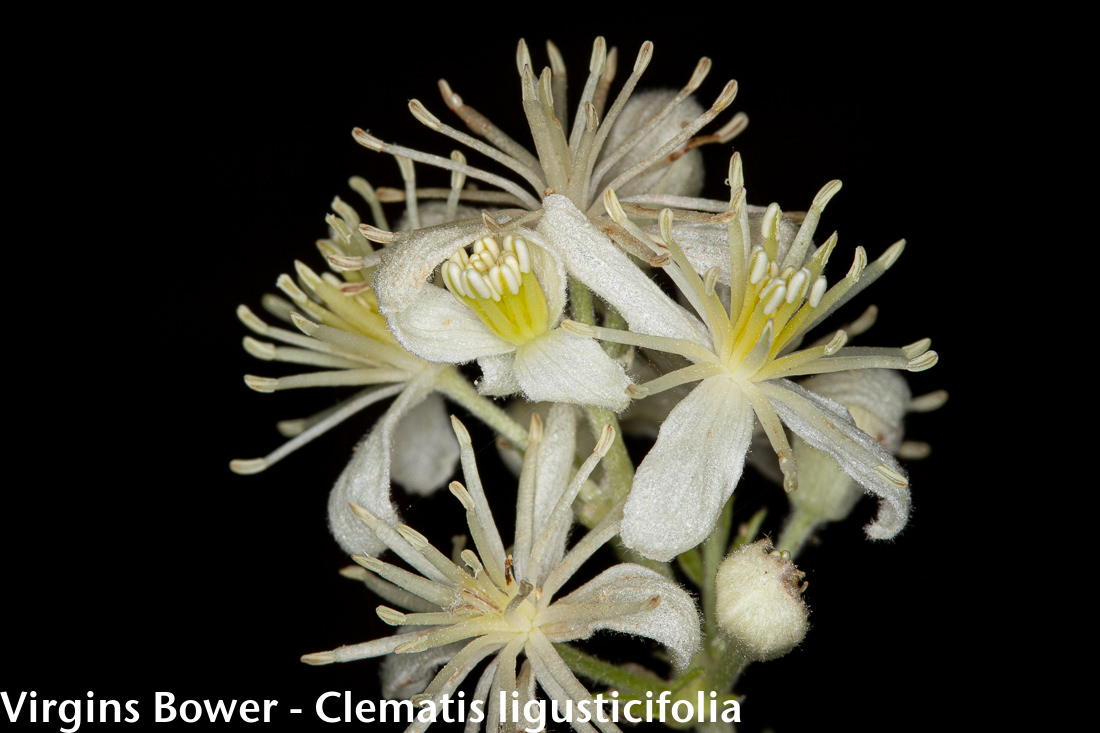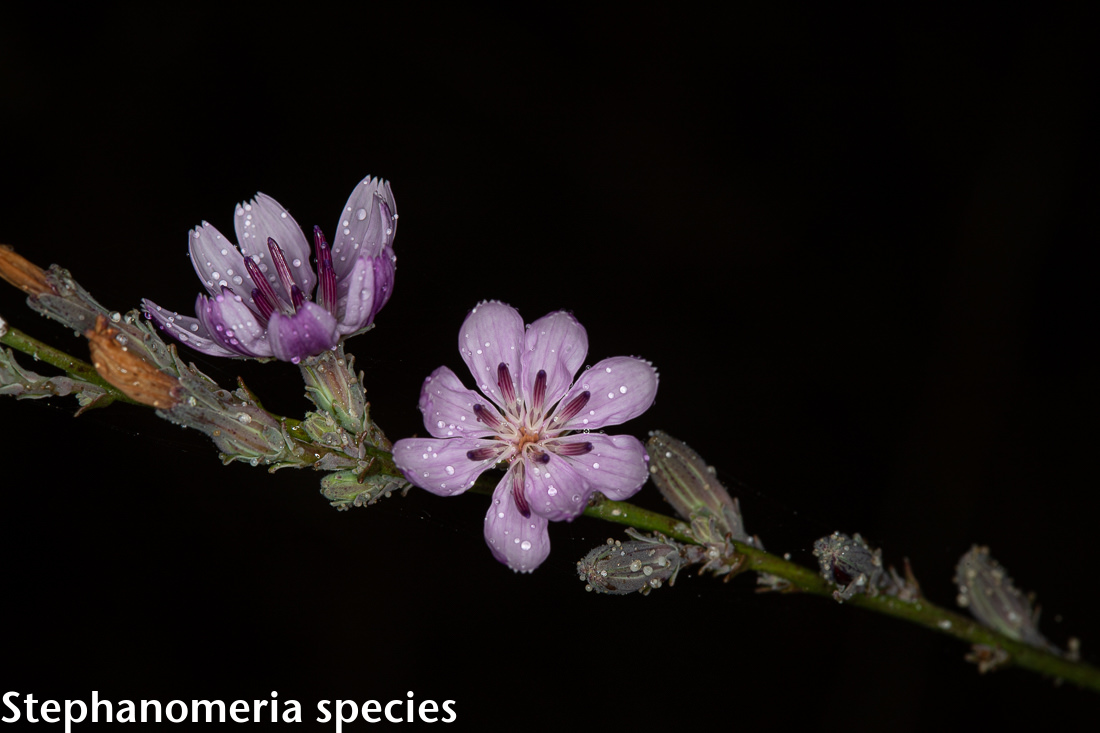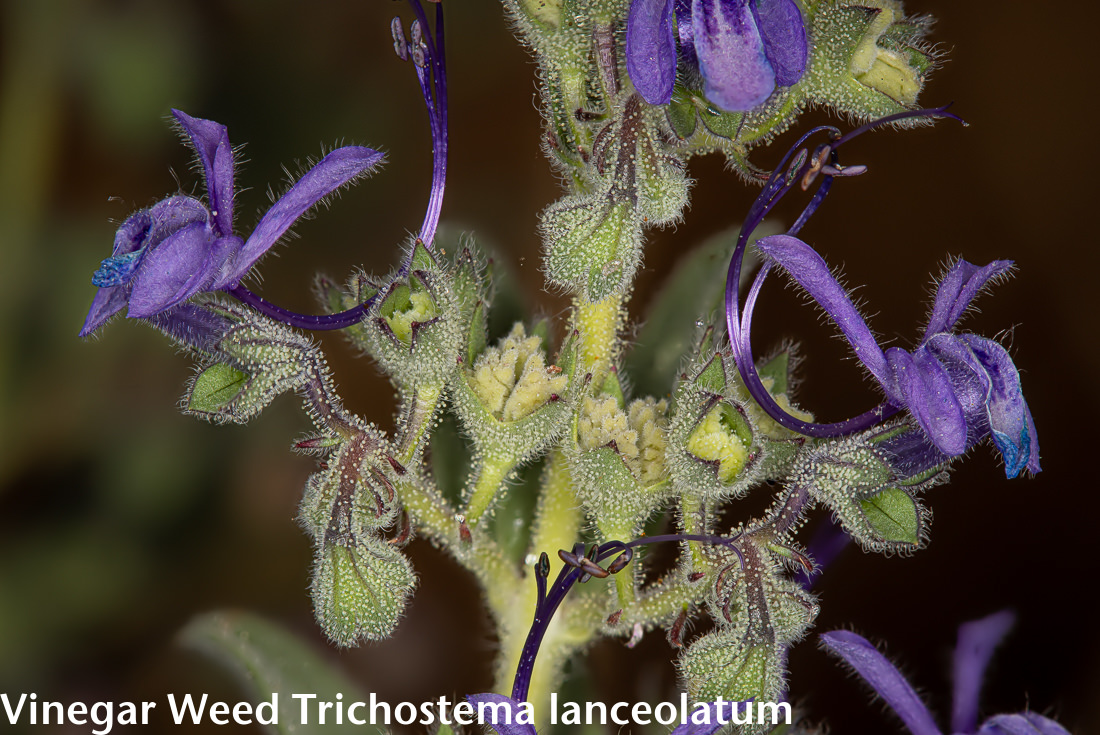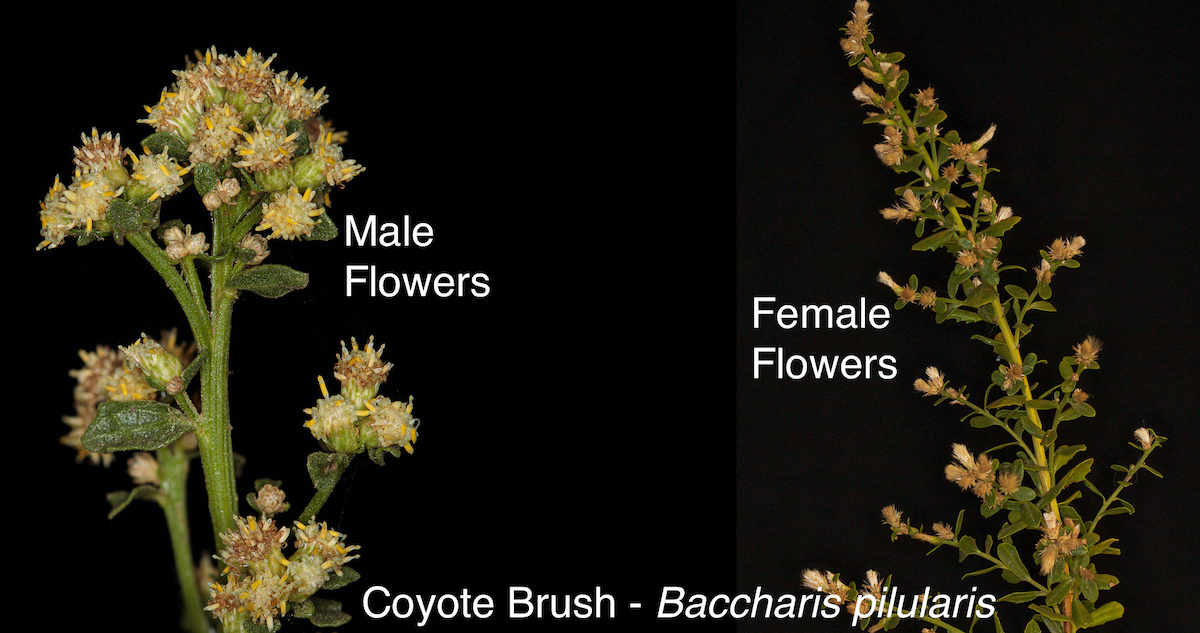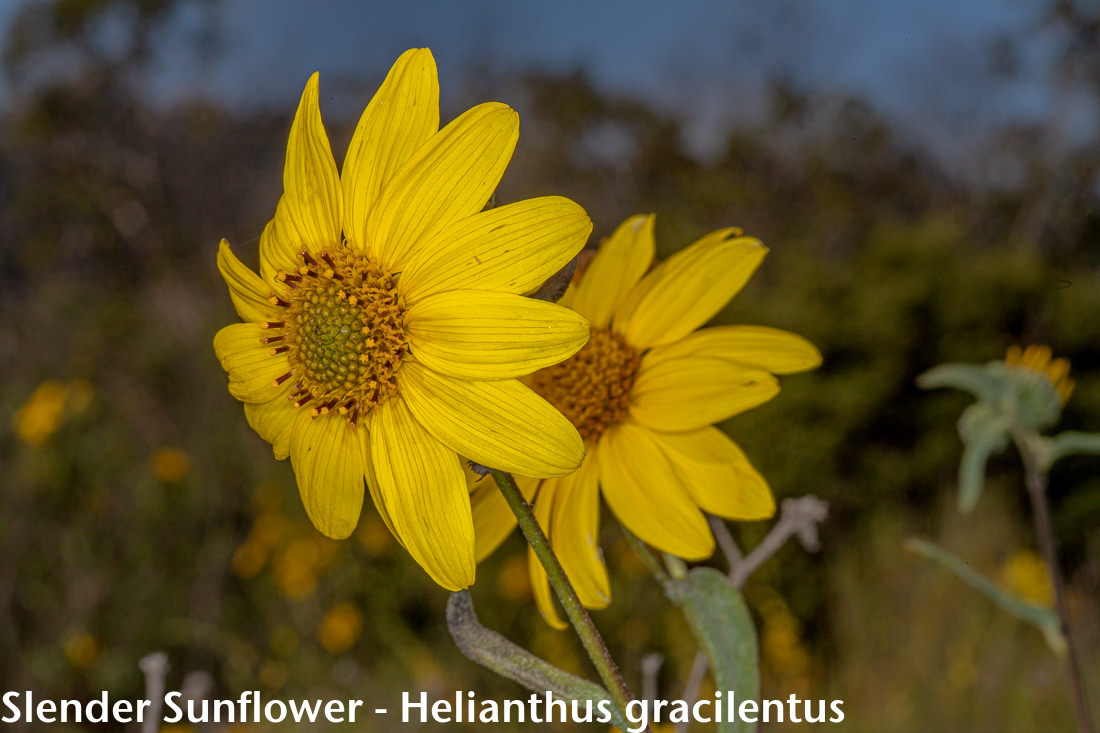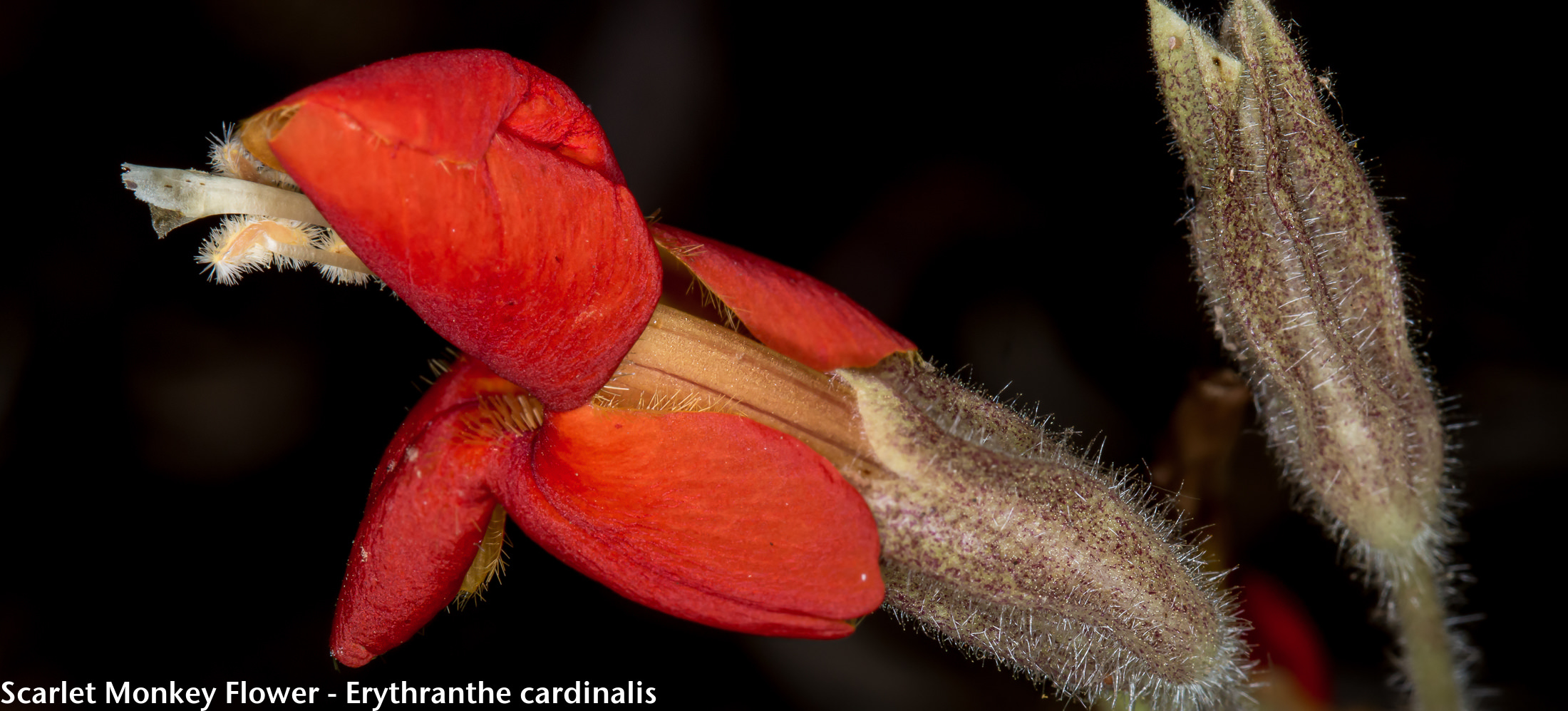Step onto the trail to get some exercise, clear your mind and have a quality conversation with yourself or others. Your visit to this wild land may provide a therapeutic outlet, but make no mistake, this land is a sanctuary for the plants and creatures that call this place 'home'. You could travel along this trail hundreds of times and remain blissfully unaware of the various plants or creatures that exist here. Plants above and below the trail reduce erosion and provide a visual element of ‘wildness’ but more importantly feed and provide cover for the wild life that call this area home. Our trail was cut thru the vegetation - such that the lack of vegetation in the four foot wide section of bare earth defines the trail. Our adventures along the trail tend to compact the soil and prevent most plants from growing back on it. Life seems to find a way though - seeds dispersed into the soil seek opportunities to further their species, shrubs look to expand their footprint - thus requiring continual maintenance such as the removal of encroaching brush and often invasive species. This page will highlight a few of the plants that bloom or produce fruit during the summer and fall. Most of us tend to think of spring as the time for flowers but creatures living here full time require a food source. When you set foot, tire or hoof onto this trail you are entering a world within a world where the denizens have adapted to environmental variables such as amount of sunlight, temperature, seasonal rainfall, soil type, pollinator preferences along with changes implemented by humans. If you do not see something for the first time during your time on the trail you are not paying attention!



